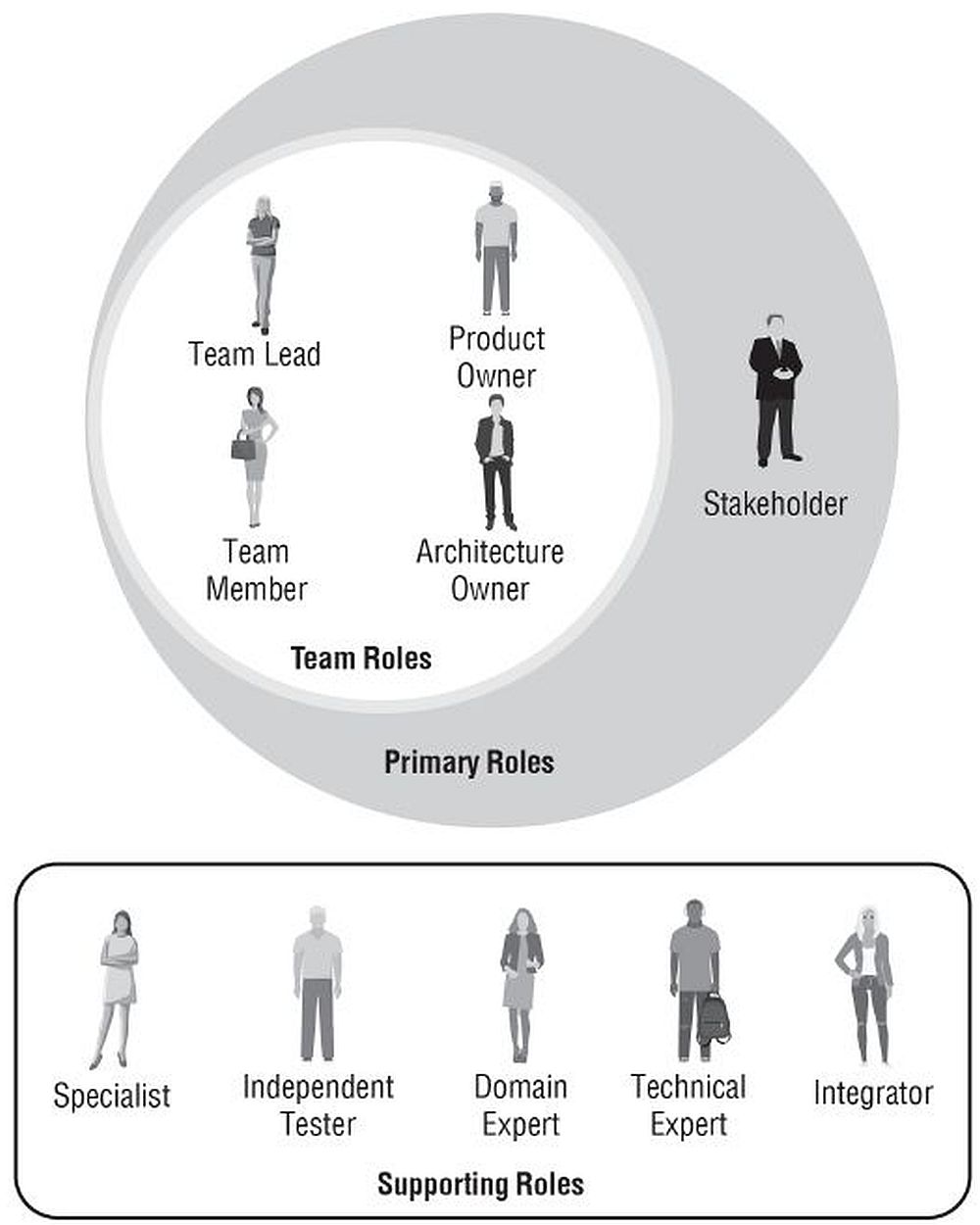Continuing the series, the “Bible” for Disciplined Agile appears to be this book:
As I’ve mentioned earlier, my company has chosen to “go agile” – which is a good thing! But sadly not just at my company but throughout Switzerland – and frustratingly for me – many people continue to confuse agile with Scrum. Or worse, they deal with what I call GOs and IUs: Gross Oversimplifications and Impossible Utopias.
[ Interesting aside: in physics there is a handy phrase that we physicists pull out and use at times like this: assume you have a spherical cow undergoing simple harmonic motion….. Yes, sometimes an over-simplification can be useful as an instructive tool: a large cow may give more milk than a smaller one, and both are likely to produce milk on a daily schedule. But . . . this advice hardly a replacement for everything a dairy farmer needs for success. ]
In fact, I encounter many external consultants throughout Switzerland that claim unless you have a T-Shaped cross-functional team, you are not really doing agile. What utter nonsense!
Disciplined Agile sets things straight!
DA is neither a methodology nor a framework, but rather a big toolbox with the mantra “use what works.”
If you look in the drawer in the toolbox marked “Potential Roles and Responsibilities” this is what you’ll find:
These aren’t by any means required; in fact, the book states quite clearly these are potential roles.
Of all these potential roles, the description of the Agile Team Lead is what I find most impressive. DA chooses specifically not to use the term Scrum Master – recognizing that there are many agile approaches (Lean, Kanban, to name a few) that do not have sprints or use the Scrum Methodology. Nevertheless, the job description for the Agile Team Lead will look familiar to anyone who’s learned about the Scrum Master’s role:
- Guides the team through choosing their Agile Way of Work (WoW)
- Facilitates close collaboration between all roles and functions
- Ensures the team is fully functional and productive
- Protects the team from interruptions and external influences
- Facilitates decision making, but does not make decisions or mandate internal team activity
I’ll stop here . . . you get the idea!


